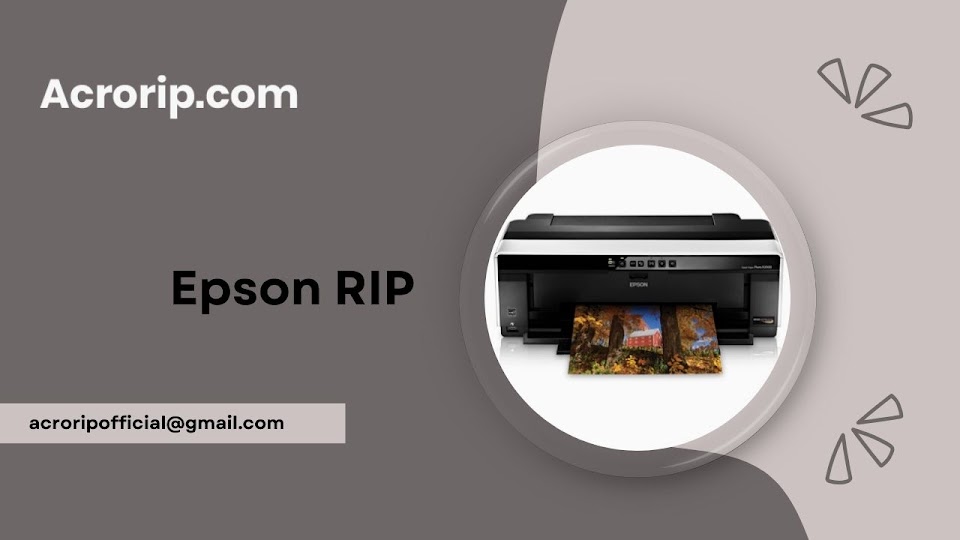6 Things You Can Do Only With DTF RIP Software
DTF (Direct-to-Film) printing is a revolution in textile printing. This innovative way of printing textiles has made it possible to print garments without compromising on quality. The wide range of printed garments available in the market is due to DTF. But this technology requires a specific software called DTF RIP software.
What is textile printing software?
The software streamlines the process, automates repetitive tasks, and prevents human errors. It boosts productivity and reduces the overall printing cost. Printing garments isn’t only about beauty but the personalization of garments to suit the individual needs of users. The software helps in textile printing in the following ways:
1. Enhanced Print Quality
The software optimizes ink placement and density to achieve superior-quality prints. Also, only software can do this job because human eyes and hands aren’t suitable to precisely control ink flow. The level of precision required for crisp details can only be achieved with the help of software.
2. Efficient Ink Management
Dark garments require white ink before printing. The software ensures a proper white underbase for printing dark garments. It is necessary to achieve crisp results. The DTF RIP software determines the amount of white ink to be spread on a piece of garment to prevent overuse or wastage of expensive white ink.
3. Color Profiling and Calibration
The software packs advanced color management tools such as importing ICC profiles matching with specific substrates. It is an important feature to maintain color consistency across different jobs. It is only with the textile software that textile printers can meet expectations and fulfill promises of exceptional print quality.
4. Customizable Print Settings
Textile printers need the software to enhance customization options in print resolution, print size, and color variations. They need flexibility in choosing print settings to meet diverse needs. They can cater to the individual needs of brands only with the help of software.
5. Increased Productivity
Textile software increases workflow by streamlining the printing process. Also, the workflow is increased without compromising on the print quality. The software is more suitable and useful for printing bulk jobs where you want to save time in the long run.
6. Support for Advanced Features
DTF RIP software enables printing complex designs without any difficulty. For example, it can automatically prepare white underbases for dark garments. Similarly, it supports halftone printing and gradient effects. Textile printers can do many things with this specific textile software.



Comments
Post a Comment